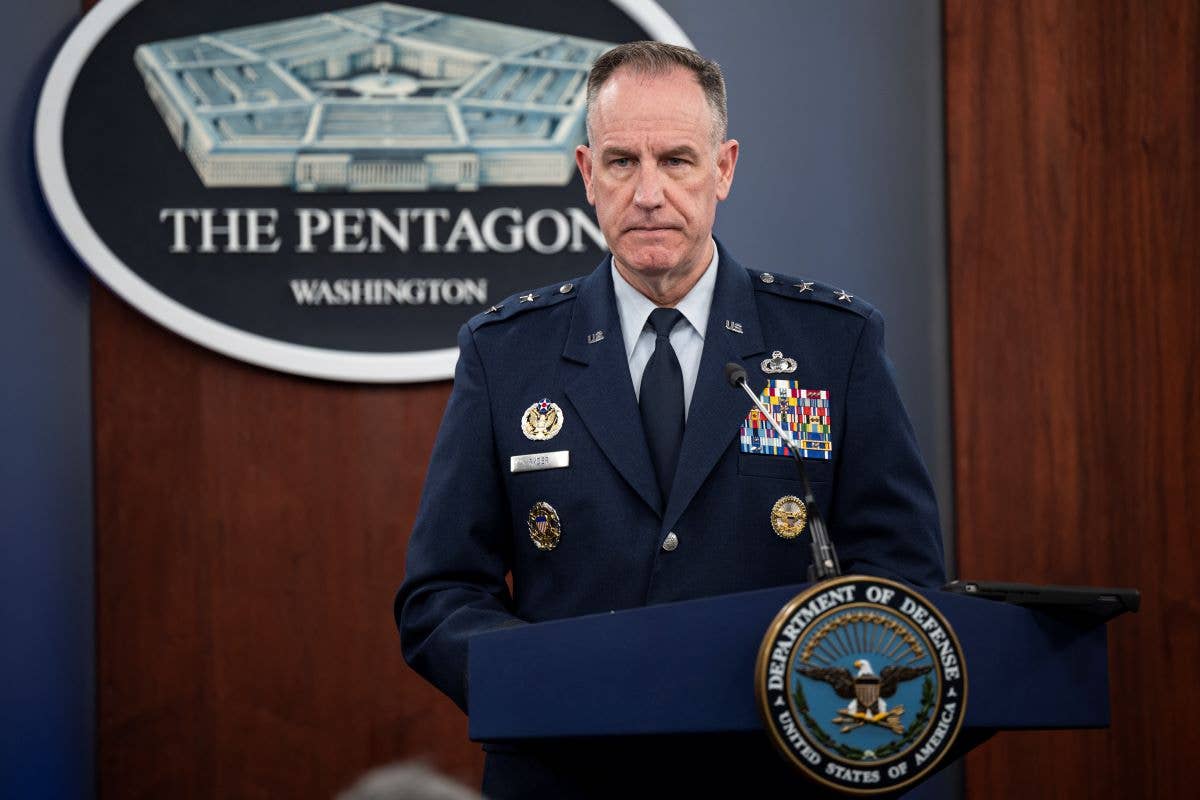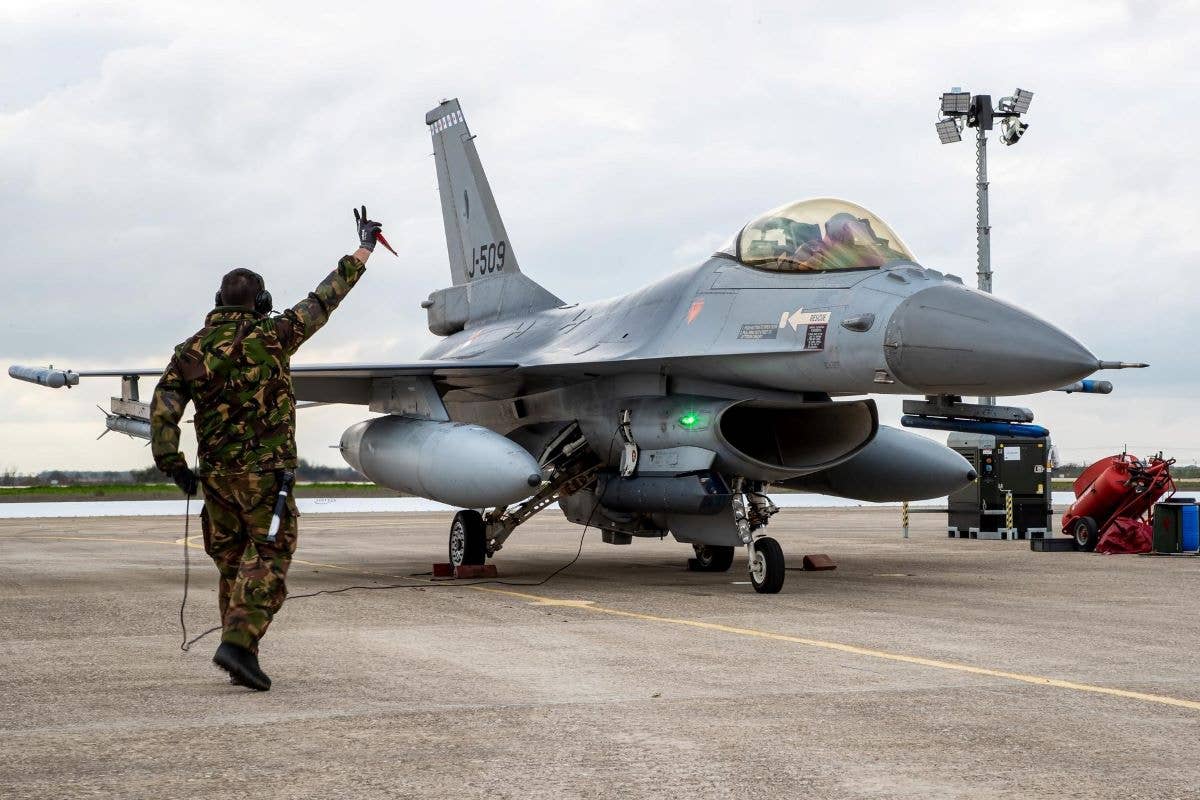Report Cites Drone Mix-Up in Attack That Killed 3 Soldiers
U.S. Central Command is investigating how the drone was able to penetrate air defenses as well as its point of origin.

Pentagon Press Secretary U.S. Air Force Major General Pat Ryder conducts a press briefing at the Pentagon in Washington, D.C., January. 30. [Courtesy: DOD]
An investigation is underway after a one-way attack drone was able to defy air defenses at a U.S. military installation in Jordan on Sunday, killing three Army Reserve soldiers and injuring more than 40 others.
The attack drone hit a U.S outpost, called Tower 22, in the early morning hours of January 28, striking living quarters in a contained housing unit, according defense officials. According to the U.S. Central Command, approximately 350 U.S. Army and Air Force personnel are deployed to the base.
"We are still assessing what happened and how a one-way attack drone was able to impact the facility. U.S. Central Command continues to investigate this attack," Sabrina Singh, deputy Pentagon press secretary, told reporters Monday. "We have seen repeated attacks on our U.S. service members in both Iraq and Syria, and a majority of the time our air defenses have been incredibly successful."
According to a preliminary report, the low-flying drone hit the small base at the same time a U.S. drone was returning, according to The Associated Press. "As a result, there was no effort to shoot down the enemy drone that hit the outpost," the AP reported, citing two officials who spoke on the condition of anonymity.
Defense officials identified the Army Reserve soldiers killed as Sergeant William Jerome Rivers, 46, of Carrollton, Georgia; Specialist Kennedy Ladon Sanders, 24, of Waycross, Georgia; and Specialist Breonna Alexsondria Moffett, 23, of Savannah, Georgia. They were assigned to the 718th Engineer Company, 926th Engineer Battalion, 926th Engineer Brigade based at Fort Moore, Georgia.
The deadly drone strike has prompted questions about air defense at U.S. military installations in the region amid continued attacks. U.S. forces in Iraq and Syria have reported around 165 attacks since mid-October, resulting in 80 non-life-threatening injuries of American personnel, according to the Pentagon. Of those attacks, 66 were in Iraq, 98 in Syria, and one in Jordan.
"In terms of additional details about the drone attack itself, we know there are still many questions to include how a one-way attack drone could have penetrated this facility's air defenses, its point of origin, and which specific Iranian proxy group is responsible," Pentagon spokesperson and Air Force Major General Pat Ryder told reporters Tuesday.
As part of the probe into the attack, U.S. Central Command will be looking at the possibility of a technology or human failure. Ryder, citing operation security, said he could not go into specifics but assured that "necessary steps" were being taken to ensure force protection in the region.
While top U.S. officials vow to respond to the attack, what that will look like remains unknown.
"We will respond," Secretary of State Antony Blinken said Monday. "That response could be two levels. It could come in stages and be sustained over time."
By Tuesday morning, President Joe Biden said that he had made a decision about how to respond but gave no details.
"I don't think we need a wider war in the Middle East,” Biden told reporters at the White House. “That's not what I'm looking for."

Sign-up for newsletters & special offers!
Get the latest FLYING stories & special offers delivered directly to your inbox






